Rotting Asparagus Plants: Treating Asparagus Crown And Root Rot
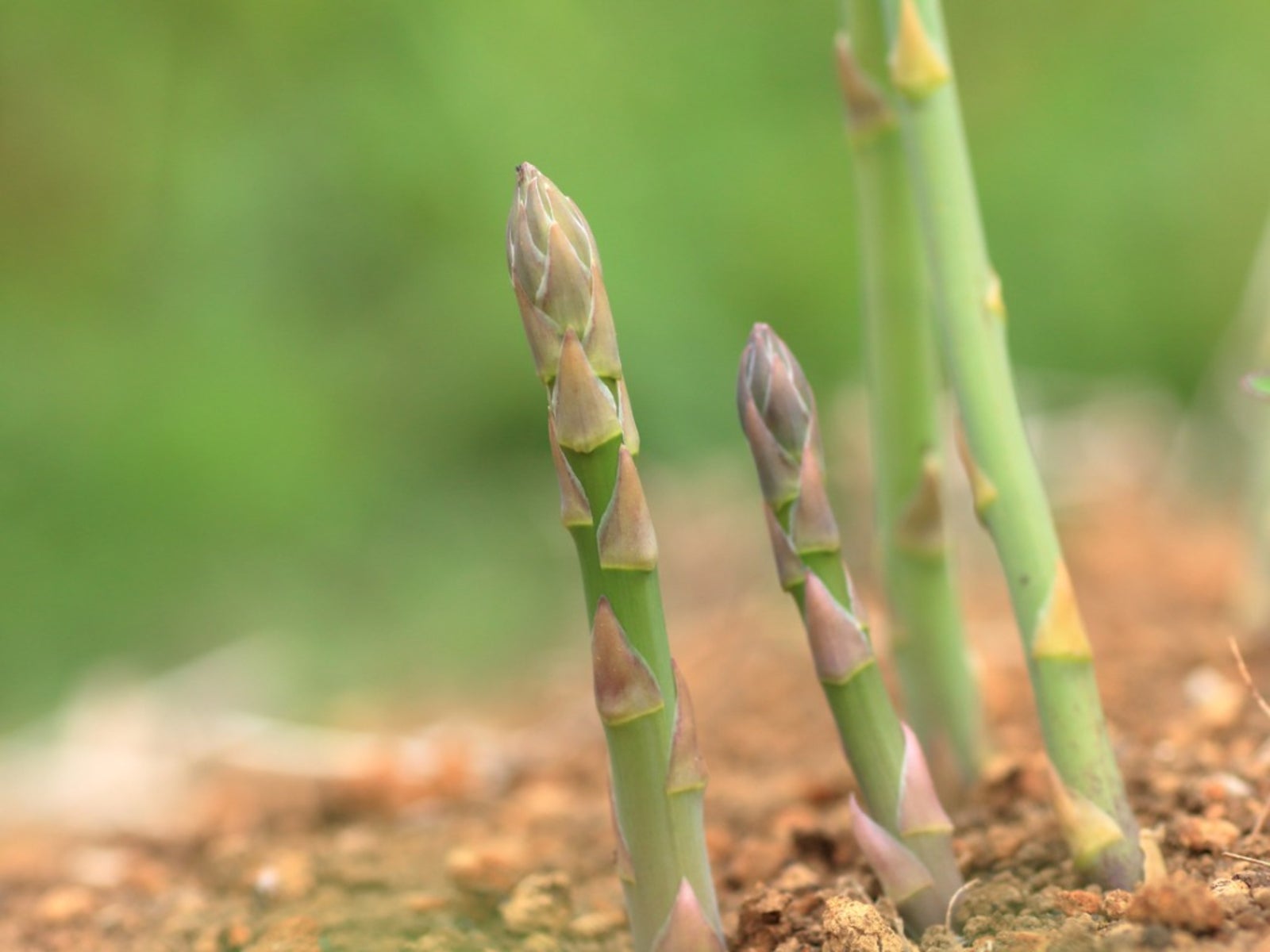
Asparagus crown and root rot is one of the most economically disastrous diseases of the crop worldwide. Asparagus crown rot is caused by three species of Fusarium: Fusarium oxysporum f. sp. asparagi, Fusarium proliferatum, and Fusarium moniliforme. All three fungi can invade the roots, but F. oxysporum f. sp. asparagi also invade the xylem tissue, the woody supportive tissue that carries water and nutrients from the roots to the stem and leaves. Learn more about controlling asparagus fusarium crown rot and root rot here.
Symptoms of Asparagus Fusarium Crown Rot
Referred to generally as Fusarium disease, asparagus crown rot, seedling blight, decline disease, or replant problems, crown rot of asparagus results in a decline in productivity and growth, signaled by yellowing, wilting, crown dry rot and eventual death. This soil borne fungus causes infected areas of the crown to turn brown, followed by rotting asparagus plants that rapidly die off. The stems and cortex are dotted with reddish brown lesions and when cut open, reveal vascular discoloration. The feeder roots will almost completely rot and have the same reddish brown coloring. The rotting, dying asparagus plants infect each other and the disease can spread exponentially.
Management of Asparagus Fusarium Crown and Root Rot
Crown rot of asparagus can survive in soil indefinitely and spreads through movement of infected soil, air currents, and seed contamination. Plant stresses and environmental factors such as poor cultural practices or drainage further open plants up to infection. Positive identification of crown rot is determined through laboratory testing. Fusarium disease is extremely difficult, if not impossible, to manage once it’s in the field. As the saying goes, “the best offense is a good defense,” so monitor for pests and disease and keep the area around the asparagus crop free of weeds and other plant detritus. Also, plant disease free seedlings, transplants, or crowns, minimize plant stress, avoid lengthy harvest periods, and be consistent with irrigation and fertilization to lessen the chances that Fusarium will infect the crop.
Gardening tips, videos, info and more delivered right to your inbox!
Sign up for the Gardening Know How newsletter today and receive a free copy of our e-book "How to Grow Delicious Tomatoes".

Amy Grant has been gardening for 30 years and writing for 15. A professional chef and caterer, Amy's area of expertise is culinary gardening.
-
 Looking For Plants To Give You The Soft And Fuzzies? Try These 5 Fuzzy Leaf Plant Options
Looking For Plants To Give You The Soft And Fuzzies? Try These 5 Fuzzy Leaf Plant OptionsLovers of texture, drama, silver foliage and tactile plants will adore these special sensory garden additions. These fuzzy leaf plant options will leave you all aglow
By Susan Albert
-
 Get Ready For A Summer Of Hummers! Grow These Full Sun Hummingbird Plants and Flowers
Get Ready For A Summer Of Hummers! Grow These Full Sun Hummingbird Plants and FlowersIf you’re lucky enough to enjoy a sunny backyard, make sure you are maxing out on your pollinator opportunities and grow these full sun hummingbird plants and flowers
By Tonya Barnett
-
 What Is White Asparagus – How Does White Asparagus Grow
What Is White Asparagus – How Does White Asparagus GrowHere's a real head-scratcher. There are no varieties of white asparagus! So how does white asparagus grow? Read on to find out.
By Laura Miller
-
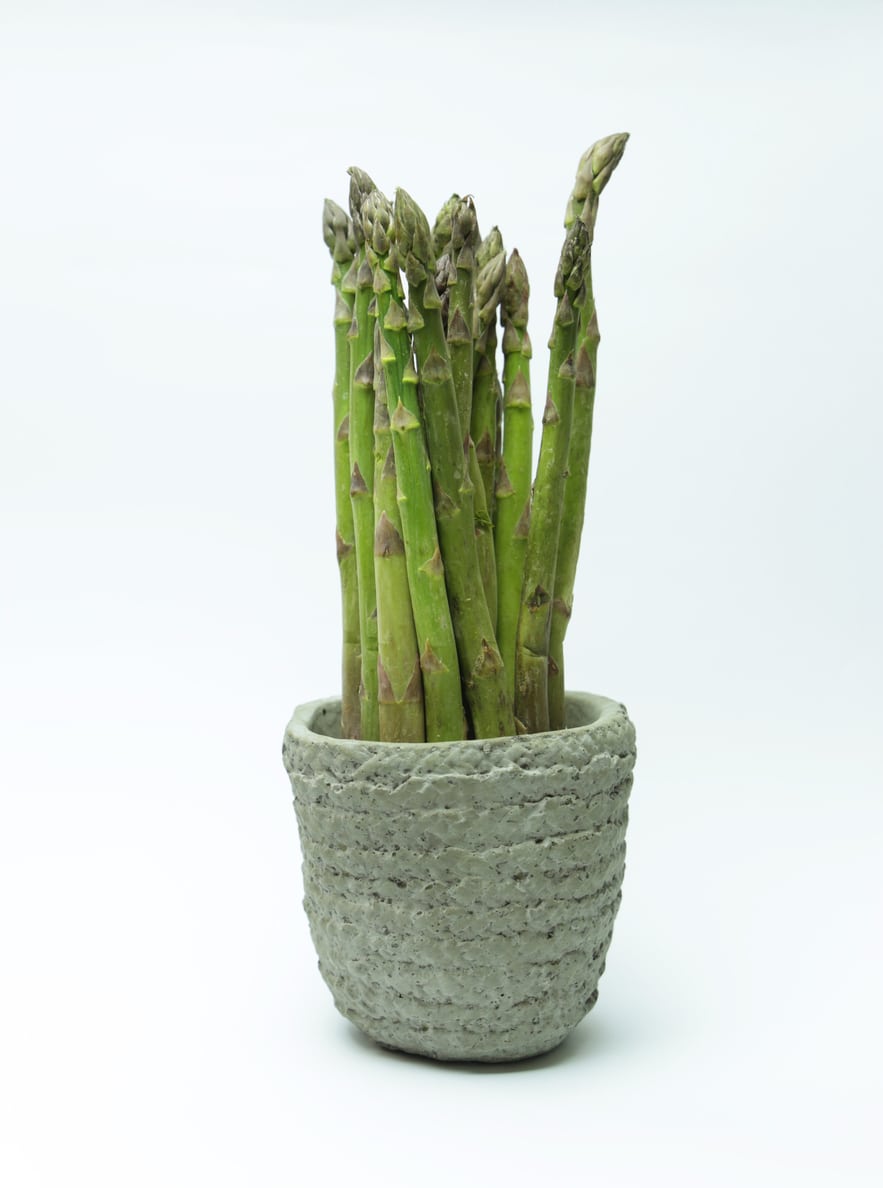 Potted Asparagus Plants – Can You Grow Asparagus In Containers
Potted Asparagus Plants – Can You Grow Asparagus In ContainersThe introduction of new asparagus cultivars has made the process of growing and caring for these plants easier than ever before. But can you grow asparagus in a pot? Click on the following article to learn more about container grown asparagus plants.
By Tonya Barnett
-
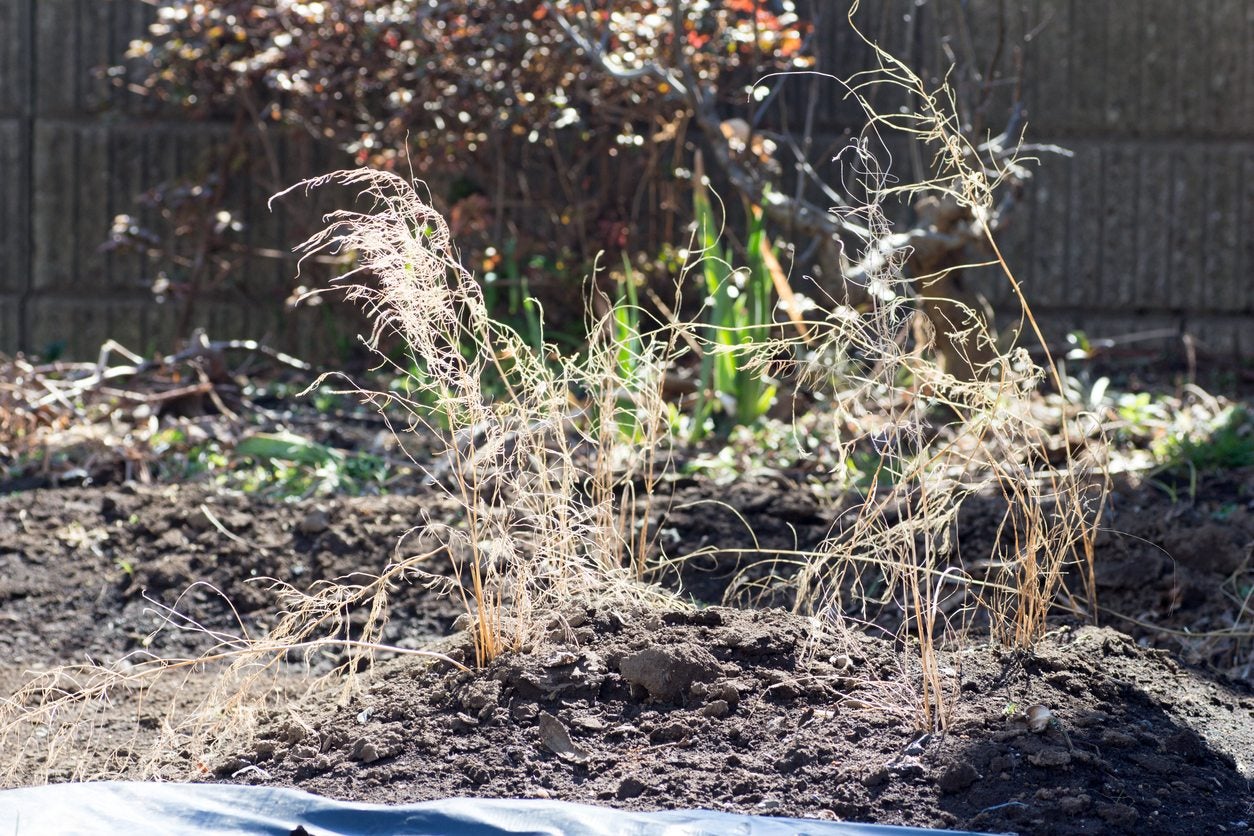 Asparagus Winter Care: Tips On Winterizing Asparagus Beds
Asparagus Winter Care: Tips On Winterizing Asparagus BedsOnce established, asparagus is fairly low maintenance with the exception of keeping the area weed free and watering, but what about overwintering asparagus plants? Do asparagus need winter protection? Find out in this article.
By Amy Grant
-
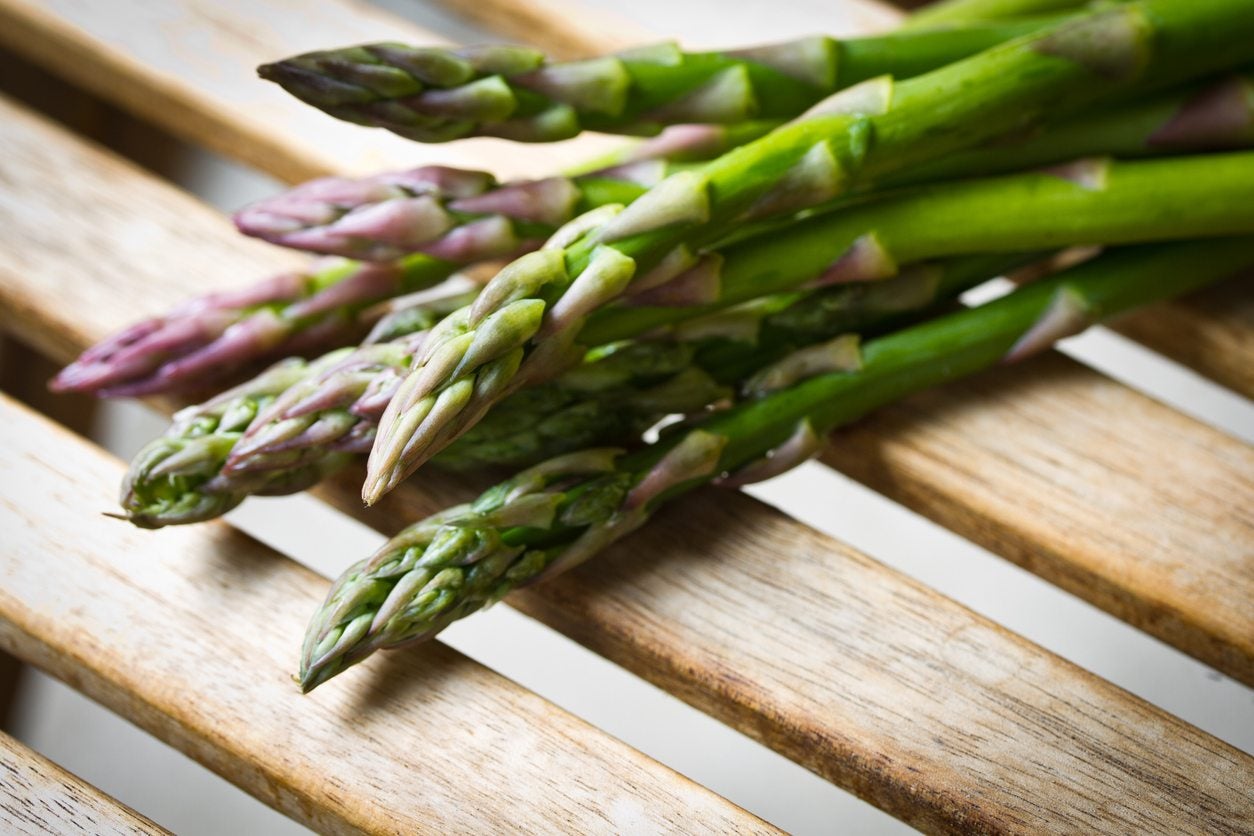 What’s The Difference Between Male And Female Asparagus Plants
What’s The Difference Between Male And Female Asparagus PlantsWe all know that some plants have male reproductive organs and some have female and some have both. How about asparagus? Are there really male or female asparagus? If so, what's the difference between male and female asparagus? Find out here.
By Amy Grant
-
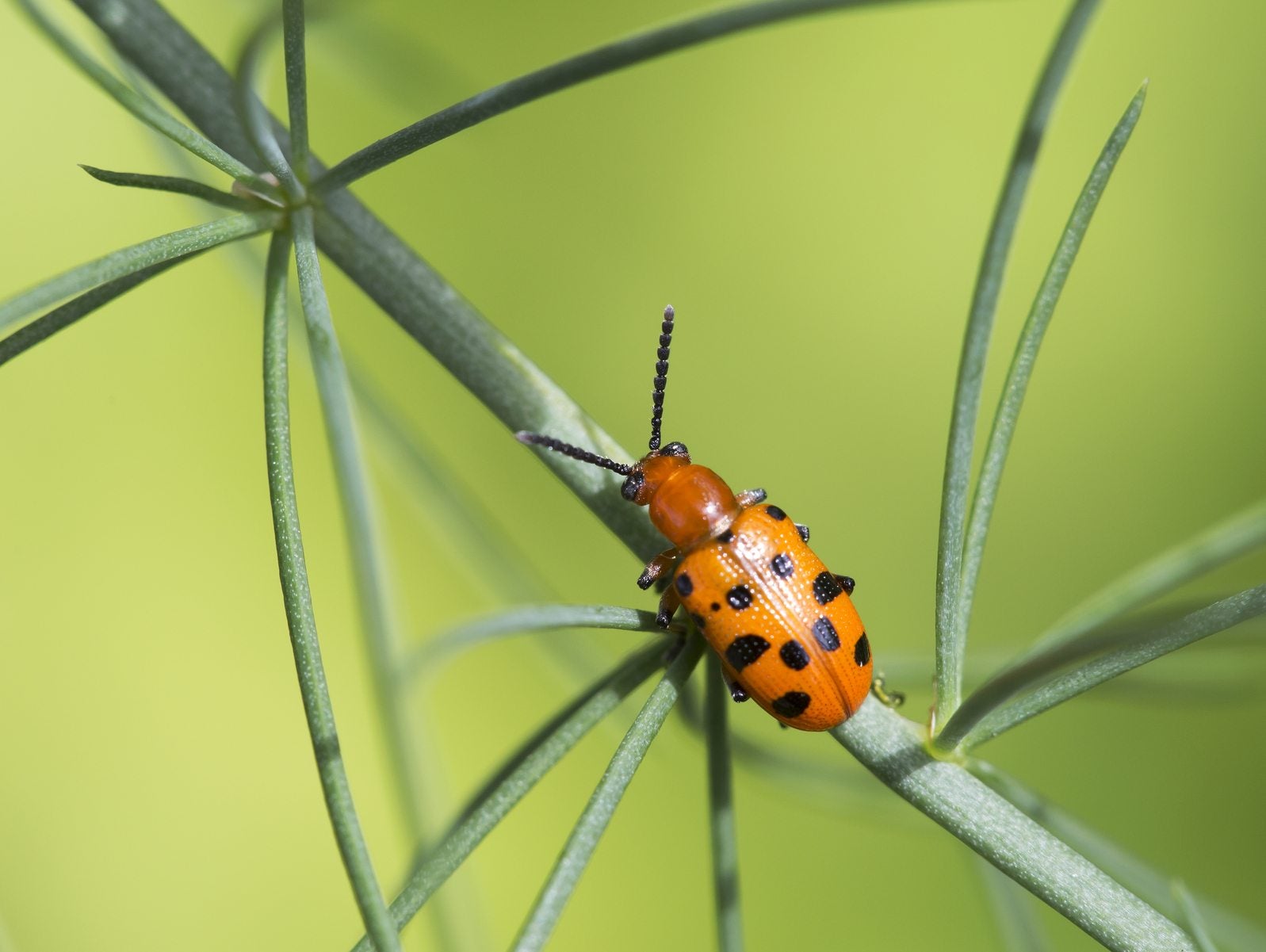 Spotted Asparagus Beetle Facts: Controlling Spotted Asparagus Beetles In Gardens
Spotted Asparagus Beetle Facts: Controlling Spotted Asparagus Beetles In GardensIt can be especially devastating when an asparagus patch falls victim to pests. One very common asparagus pest is the spotted asparagus beetle. Learn some spotted asparagus beetle facts and how to prevent spotted asparagus beetles in this article.
By Liz Baessler
-
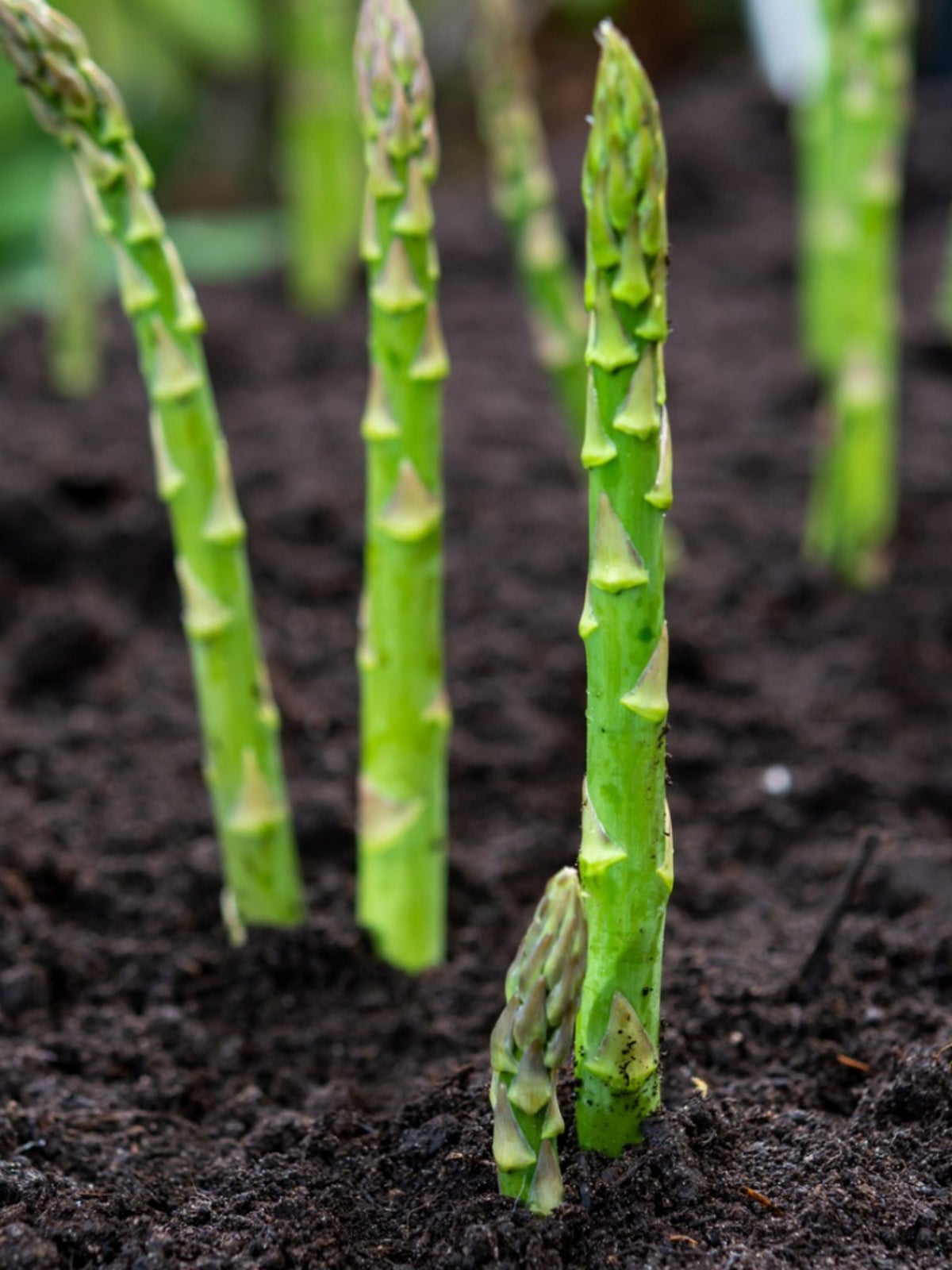 What Is Asparagus Rust: Tips On Treating Rust In Asparagus Plants
What Is Asparagus Rust: Tips On Treating Rust In Asparagus PlantsAsparagus rust disease is a common but extremely destructive plant disease that has affected asparagus crops around the world. Learn more about asparagus rust control and treatment in your garden using information from this article.
By Mary H. Dyer
-
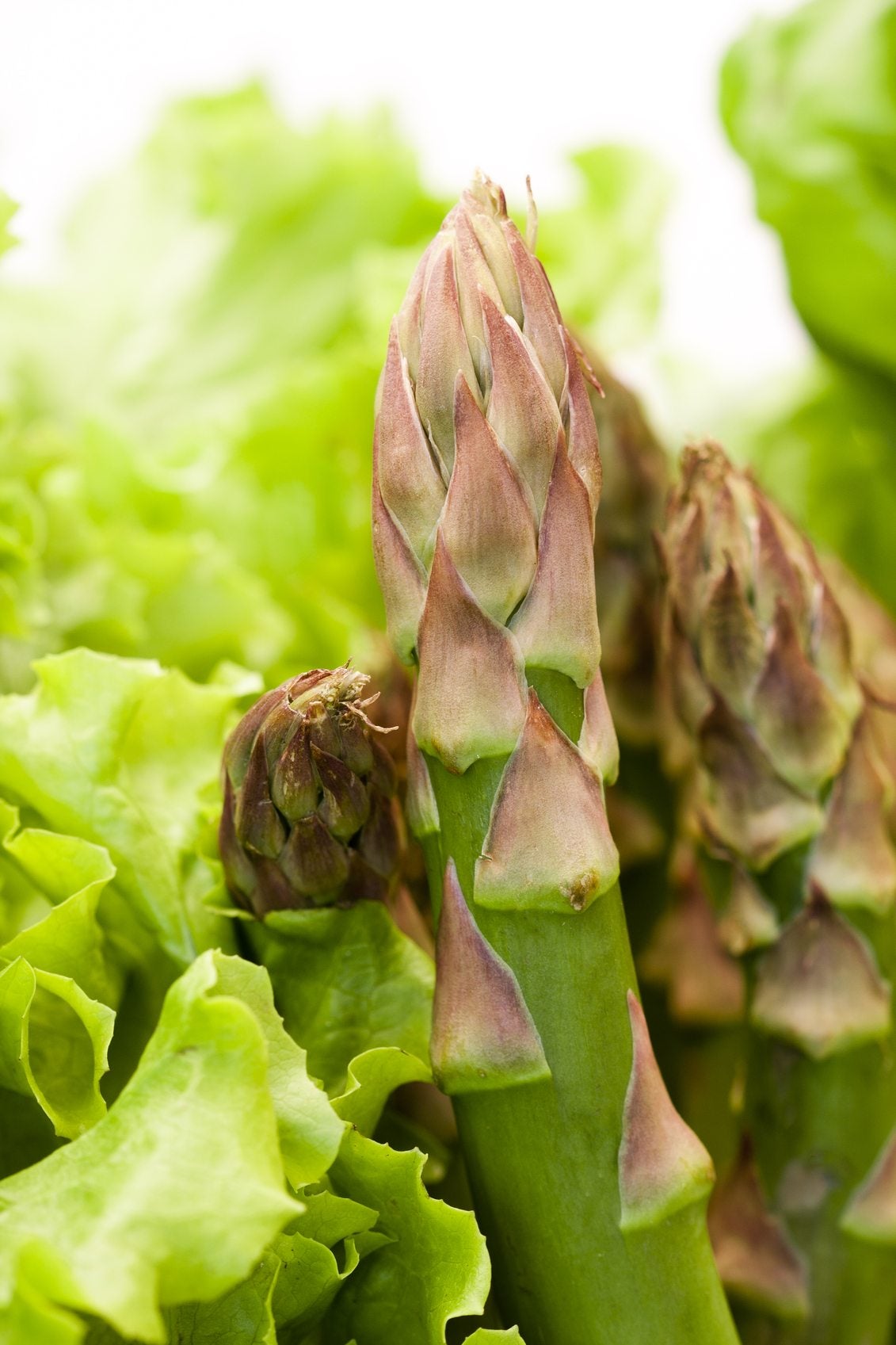 Asparagus Companion Plants – What Grows Well With Asparagus
Asparagus Companion Plants – What Grows Well With AsparagusAsparagus plant companions are plants that have a symbiotic relationship, one that is mutually beneficial to each. In the following article, we will discuss the benefits of companion planting with asparagus and what grows well with asparagus.
By Amy Grant
-
 Types Of Asparagus – Learn About Different Varieties Of Asparagus
Types Of Asparagus – Learn About Different Varieties Of AsparagusAsparagus is a long-lived perennial vegetable of many types. You can learn more about different asparagus varieties, including a few heirloom asparagus types, by clicking the article that follows.
By Mary H. Dyer